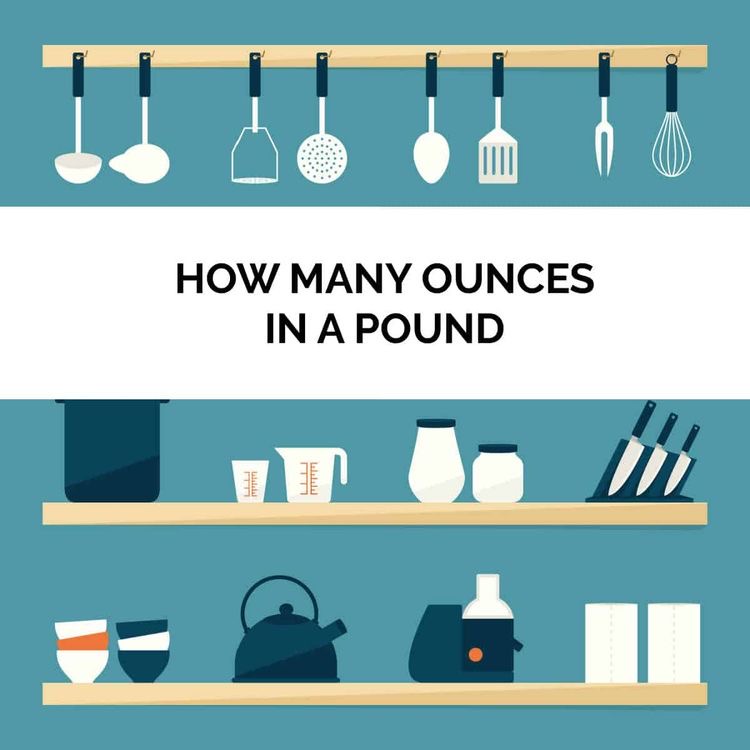Table of Contents

The Paleo Diet: An Overview
The Paleolithic diet, often referred to as the “paleo diet,” is an eating plan that seeks to emulate the dietary habits of our prehistoric ancestors from the Paleolithic Era, which spanned from approximately 2.5 million to 10,000 years ago. This diet has gained popularity in recent years due to its emphasis on natural and unprocessed foods. In this comprehensive guide, we will explore the diet in detail, examining its origins, principles, potential benefits, and criticisms.
Origins of the Paleo Diet
The concept of it is rooted in the idea that modern human genes are not optimally adapted to the dietary changes that occurred with the advent of agriculture about 10,000 years ago. During the Paleolithic Era, our ancestors relied on hunting and gathering to obtain their food, which primarily consisted of fruits, vegetables, lean meats, fish, eggs, nuts, and seeds. It aims to mirror this ancient way of eating, excluding foods that became more prevalent with the onset of farming. These excluded items encompass grains, legumes, and dairy products.
Variants and Aliases of the Paleo Diet
The paleo diet goes by various names, including the Paleolithic diet, Stone Age diet, hunter-gatherer diet, and cave man diet. While the core principles remain consistent, different proponents of the diet may offer variations in their recommendations. However, the common thread among all paleo diets is the focus on unprocessed, whole foods and the exclusion of certain food groups.
The Purpose of the Paleo Diet
The primary objective of it is to align dietary choices with those of our prehistoric ancestors. It is based on the premise that our genetic makeup has not kept pace with the rapid changes in our diets brought about by farming and industrialization. This dietary mismatch is believed to contribute to contemporary health issues, such as obesity, diabetes, and heart disease.
Why Choose the Paleo Diet?
Individuals may opt for the paleo diet for various reasons, including:
- Weight Management: Many people turn to it as a means of losing weight or maintaining a healthy weight. The emphasis on whole foods and the exclusion of processed items can support weight management efforts.
- Reducing Heart Disease Risk Factors: The paleo diet is believed to have potential benefits in terms of reducing risk factors associated with heart disease and cardiovascular health. By avoiding highly processed foods and emphasizing fruits and vegetables, this diet may contribute to improved heart health.

Details of the Paleo Diet
While specific recommendations may vary among proponents of it, there are common guidelines that most adhere to. Below are the key aspects of what to eat and what to avoid when following :
What to Eat:
- Fruits
- Vegetables
- Nuts and seeds
- Eggs
- Lean meats, especially grass-fed animals or wild game
- Fish, particularly those rich in omega-3 fatty acids (e.g., salmon, mackerel, albacore tuna)
- Oils derived from fruits and nuts (e.g., olive oil, walnut oil)
What to Avoid:
- Grains, including wheat, oats, and barley
- Legumes, such as beans, lentils, and peanuts
- Dairy products like milk and cheese
- Refined and added sugar
- Added salt
- Starchy vegetables like corn, jicama, peas, and white potatoes
- Highly processed foods like chips or cookies
A Typical Day on the Paleo Diet
To provide a practical illustration of what a day on it might look like, consider this sample menu:
Breakfast: Broiled salmon and cantaloupe.
Lunch: A salad composed of romaine lettuce, carrots, cucumbers, tomatoes, avocado, walnuts, and lemon juice dressing.
Dinner: Lean beef sirloin tip roast, steamed broccoli, and a mixed greens salad with tomatoes, avocado, onions, almonds, and lemon juice dressing. For dessert, a serving of strawberries.
Snacks: Options for snacks include an orange, carrot sticks, or celery sticks.
Results and Research
While the paleo diet has gained popularity, it’s essential to evaluate its potential health effects based on scientific research. It’s worth noting that most studies on the paleo diet have been relatively small in scale and of short duration, typically lasting from a few weeks to a few months. Definitions of the diet can also vary from one study to another, making it challenging to draw definitive conclusions.
Potential Benefits:
- Weight Loss: Short-term studies suggest that it may aid in weight loss.
- Blood Pressure: Some research indicates that following a paleo diet can lead to improved blood pressure.
- Cholesterol: The diet may have a positive impact on cholesterol levels and triglycerides.
- Cardiovascular Risk Factors: A large study conducted in Spain found that adherence to the paleo diet was associated with lower cardiovascular risk factors. Much of this benefit was attributed to the avoidance of highly processed foods and increased consumption of fruits and vegetables.

Questions and Concerns About the Paleo Diet
Despite its growing popularity, it has faced several questions and concerns:
- Nutritional Adequacy: Critics argue that it may lack essential nutrients found in excluded food groups like whole grains, legumes, and dairy products. These foods are rich sources of fiber, vitamins, proteins, and other vital nutrients.
- Affordability: Some individuals may find that the cost of paleo-compliant foods, such as wild game, grass-fed animals, and nuts, is prohibitive. This can inadvertently lead to deficiencies in critical nutrients.
- Long-Term Risks: Given the limited research on the long-term effects of it, potential risks remain uncertain. Data from various diet studies have indicated that the Mediterranean diet, which includes a broader range of food groups, offers both benefits and fewer potential risks.
- Complex Dietary Evolution: Critics point out that it oversimplifies the complexities of how human dietary needs have evolved. Early human diets varied due to geographic, climatic, and food availability factors. Additionally, archaeological evidence shows that early humans consumed wild grains, challenging the idea that grains are entirely incompatible with our evolutionary history. Genetic research has also demonstrated that our bodies have adapted to digesting starches in grains and lactose in milk.
The Bottom Line on the Paleo Diet
In summary, the paleo diet may offer benefits such as weight loss and improved cardiovascular health, but the long-term effects and potential risks are not yet fully understood due to limited research. The exclusion of certain food groups raises concerns about nutritional adequacy and affordability. Additionally, some experts argue that the diet’s underlying premise oversimplifies the complex history of human dietary evolution.
Ultimately, whether to follow a paleo diet or pursue other dietary strategies depends on individual preferences, nutritional needs, and health goals. Achieving and maintaining good health can often be accomplished through a balanced, varied diet that includes plenty of fruits and vegetables, regular exercise, and sound lifestyle choices. It is advisable to consult with a healthcare professional or registered dietitian before embarking on any significant dietary changes to ensure that they align with your unique health needs and goals.

Share this content:








